In part three in our Back to Basics series, we’re talking about the word “pinning”. What is pinning? When and how do you pin? What is a “fresh Pin”? What does it mean to “repin” or “save” a Pin?
While this may sound a little advanced, it truly is one of the basic tenets of the platform. If you are going to use Pinterest to market your business, product, or service, understanding how the platform works is the first step.
Find Back to Basics in Marketing: Part 1 – Pin Images here or Back to Basics in Marketing: Part 2 – Keywords and Pinterest SEO here.
Essentially what we’re talking about today is HOW to pin and how to get your content on to the platform so your potential customer or client can see it. We’re also going to help you create a daily/weekly/monthly pinning strategy that will really serve your business.
In this podcast episode, Kate is joined by Tabby White, the social media manager here at Simple Pin Media.
Tabby does the actual pinning for our Simple Pin Media Pinterest account, and uses it for testing strategies and ideas that we can share with you.
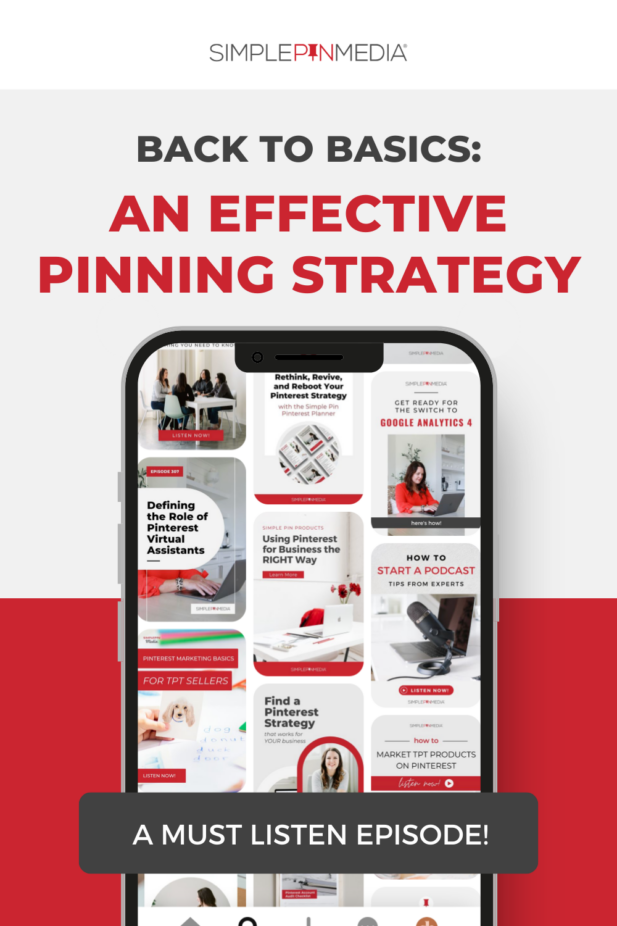
In this episode, we’re going to cover the following:
- What is “pinning” and what do we mean when we use the term?
- Repins, saves, pinning again, duplicating a Pin – what do these mean and what term should you use?
- What is a “fresh Pin” and do you need to worry about it?
We’ll finish up by helping you understand what a good pinning strategy will be going forward, and what you don’t have to worry about.
basics in marketing – WHAT IS PINNING?
Kate and Tabby both shared their definition of “pinning”, with slightly different twists.
KATE’s definition
Pinning is the act of putting a Pin – an image with appropriate keywords” onto Pinterest, and then adding it to a particular board so you can find it again. It’s similar to bookmarking links on your computer to recipes or articles, or adding a picture or printed recipe to a binder. When you bookmark or save a physical copy, you might have multiple categories so things are easier to find when you need them. This is the purpose of Pinterest boards.
TABBY’s definition
What does pinning mean if you’re a business owner, and what does it mean if you’re a Pinterest user?
If I’m a business owner and I’m pinning, that means I’m putting my OWN content – my Pin images linked to my content or products – onto Pinterest. This way pinners can find my content and pin it to their personal Pinterest boards. If I’m a standard Pinterest user, I’m scrolling the platform and pinning the content of OTHER people or business owners.
This is where a lot of business owners get tripped up in the beginning. With platforms like Facebook and Instagram, marketers and regular users put content on the platform in a similar way. With Pinterest, it’s entirely different!
DIFFERENT PINNING TERMS
REPINS OR SAVES
This falls more into the “standard Pinterest user” category. When a user is on the platform and they find a Pin they like and don’t want to forget, they can hit the “save” button and add it to one of their boards.
As business owners or creators, this isn’t how you want to distribute your content or “duplicate” your content on Pinterest.
This post contains affiliate links, which means if you make a purchase through these links, we may receive a small commission at no extra cost to you. Click here to read our full disclosure policy.
“PINNING AGAIN” OR DUPLICATING PINS
You are basically following the description of “pinning” that we shared above, but doing it again for the same content. Instead of “saving” the Pin directly inside Pinterest, you’re adding a new Pin to the platform, either on the same board or on different, relevant boards.
For example:
- Upload your Pin to Pinterest and add it to Board 1
- Upload your Pin AGAIN to Pinterest and add it to Board 2
- Repeat for any relevant boards you have
So step #1 is “pinning”.
Step #2 and 3 are pinning AGAIN. We’re not “saving” our Pins inside the platform, we’re pinning again.
To recap: A Pinterest marketer pins their OWN content. A Pinterest user “saves” the content of others.
Let the Pinterest user do the “saving” for you, while you add your content to the platform from external sources like your website or a scheduling tool (like Tailwind).
And to clarify even further – Pinterest doesn’t actually use the term “repin” anymore. This was how they originally described what users were doing on the platform, but found that the term was confusing when they expanded globally.
Now the platform uses the term “save” – as in, I’m going to “save” this content for later.
We only mention the term “repin” because people that have been around the platform for a long time, might use it interchangeably.
should YOU PIN AGAIN?
This is a question we get a lot, and have been getting for years. Once you pin a piece of content, is it good practice to pin it again to other relevant boards?
We touched on this above in our example, because it definitely is okay to pin your Pins to any relevant boards you have. You can even pin a few times in January, and then again in February, depending on the type of content it is.
For example:
Here at Simple Pin, we publish a new podcast episode and corresponding blog post once per week.
Here’s what a pinning schedule for that one piece of content could look like.
— Pin this brand new piece of content (via a Pin image with keywords) to your most relevant board
— Manually pin that same piece of content to any other relevant boards you have (this can also be done using Tailwind’s interval scheduling tool)
— If the Pin has done well or is seasonally relevant, pin it again to your relevant boards (monthly, quarterly, yearly)
It’s important to strike a balance when pinning, however.
When we say “pin again”, we don’t mean back to back to back. You want to make sure that you have other Pins or content in between.
what are “FRESH PINS”?
This was a term that Pinterest threw out a few years back, when the main question marketers were asking was – What does Pinterest want?
How many times should we be pinning per day? How many Pins are too many?
At this time, there was really no clear communication from Pinterest and no avenues to ask questions. So we were all looking at our own accounts, clients’ account, and other anecdotal evidence.
So Pinterest TRIED to clarify for us how many times to pin per day, and what type of Pins they were looking for. Unfortunately, we ended up with more confusion than clarity, which also meant we had a LOT of opinions around what Pinterest meant by “fresh pins”.
With the benefit of hindsight, it seems that this was coming from how Pinterest users were seeing the platform. When marketers were pinning the same content over and over, users were seeing this same content over and over.
If a user types a question or search term into Pinterest, they want to see multiple pieces of content that they can choose from. Not the same Pin over and over, drowning out other content.
The way that Pinterest described “fresh pins” was that they wanted different-looking Pins for each piece of content. Instead of making just one Pin image per blog post, make several.
Later on, it turned out that they were also including different pieces of CONTENT – ie a blog post, podcast episode, product – whatever you product that grows your business or makes you money. In the beginning, they just talked about new PINS, which made it confusing for everyone.
There was a lot of confusion, a lot of opinions, a lot of chaos. But it really wasn’t much different from what we’d been telling our readers and followers for a long time – create content, create new Pins, don’t get stale on the platform. For creators who’d been around a long time, there tended to be an element of burn out. So they may have stopped creating content (or slowed way down), and just pinned the same things over and over.
And at some point, they just weren’t seeing any improvement in performance.
The core message was that users were looking for multiple Pins to choose from when they searched, not the same thing repeated over and over. But this just truly got skewed and twisted, and everyone understood it differently.
basics in marketing – MAIN TAKEAWAYS
You want to balance recent content and relevancy, your evergreen content that performs well and new content. It’s remained consistently important to pin to your most relevant board first, which helps “tell” the Pinterest algorithm what your profile and content are all about.
Don’t try to nitpick or cherry pick what Pinterest is saying or what they want. Unfortunately, there just isn’t one perfect, magic formula for how to market on Pinterest.
Be consistent in creating new content, recording new podcasts, or creating new videos. Update your top-performing content – if people are seeing it and still finding it, make sure it’s relevant or at least has some important updates at the top. You don’t want people to find your old content, see that it’s outdated, and think you’re not relevant.
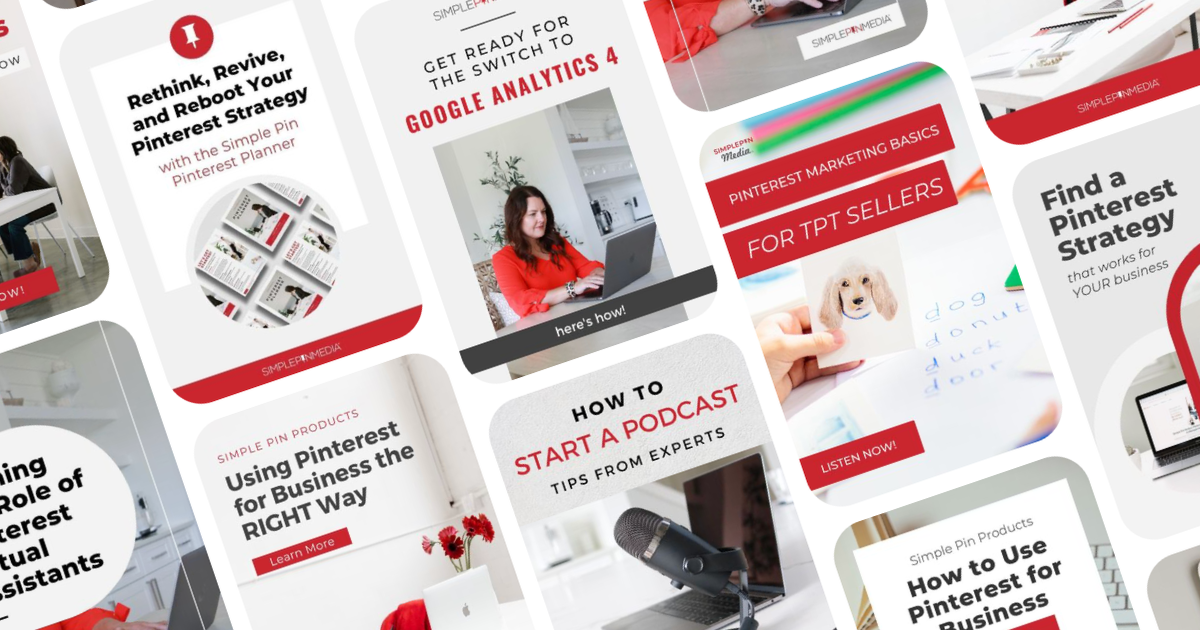
basics in marketing – WHAT NOT TO DO
What we do know for sure is that pinning 50-100 times per day just doesn’t work. It’s not necessary. Don’t pin the same thing over and over, back to back. Pinterest has also said that using the words “click here” doesn’t help, so use a call to action like “learn more” or “find more here”.
Beyond that, there’s no magic formula. No gotcha moments.
What has remained consistent over all these years are good Pin images, relevant keywords, and a consistent strategy. Consistency is KEY, not necessarily volume. Depending on what you create, you may not have enough content to pin more than once per day in the beginning.
And that’s okay! As you have more content, you can add more Pins.
Over time, you’ll reap the rewards. Pinterest is definitely not a quick hit, feel good platform, as you’re not getting the instant social hit with likes or comments. It’s a platform designed for long-term growth.
We’ll leave you with a specific example:
Let’s say you’re a blogger, a YouTuber, or a podcaster – which means you’re likely creating content at least once per week.
To get you started – create 2-3 Pin images per piece of content. At that rate, you’ll be able to share one Pin to all relevant boards on an interval (every 3, 5, or 7 days), and then start over with the next Pin and it won’t look back to back.
If you’re a product seller, this looks a little different. As you’re likely not creating a new product every week, you could increase the number of Pins you create to 5-10 per product. Now you can space them out without appearing spammy, or like you’re pinning the exact same thing over and over.
Work within your capacity, while staying consistent.
We know you’re going to have questions! Reach out to us at hello@simplepinmedia.com, leave a comment on this blog post, or send us a DM on Instagram.
We’d love to hear what you’re wrestling through, where you’re at, or help with a little bit of clarity.
Additional Resources Covered in Podcast:
- Pinterest Business Community (PBC)
- Fresh Pins conversation inside the PBC
- Simple Pin Framework – Inspire, Inform, Decide (podcast/blog post)
Simple Pin Products and Resources:
- Pinterest Marketing Blueprint Mini-Course (Simple Pin Shop)
- How to Stay Consistent on Pinterest (YouTube video)
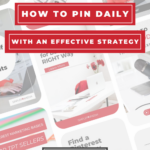
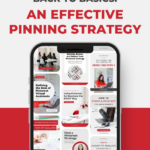




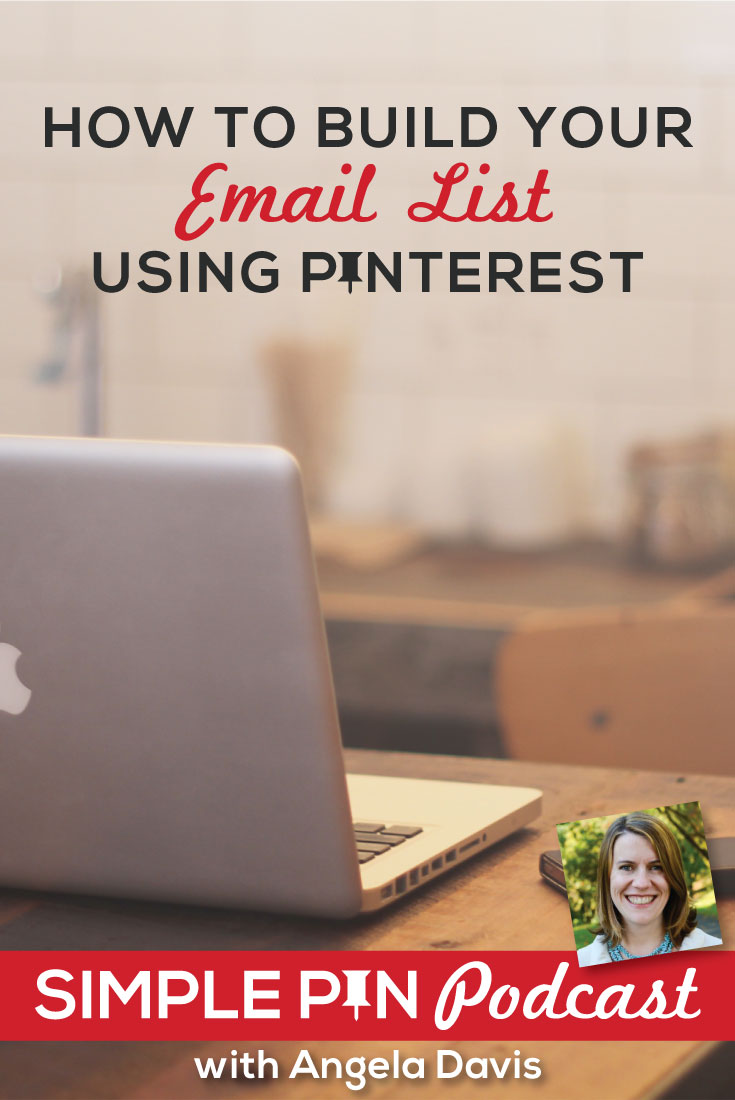
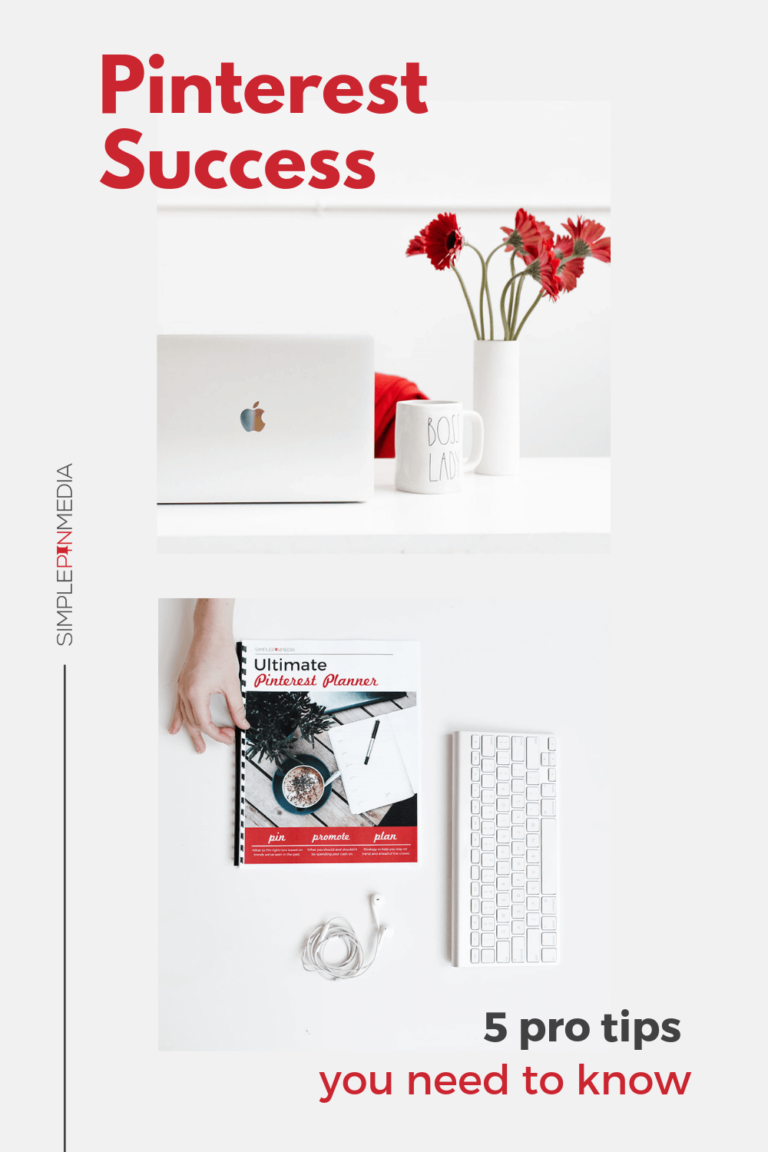

As a visual learner, I would LOVE to see this on a YouTube Video with screen shots, because othewise I’m not sure if I know exactly what you are talking about.
Great to know – thank you for that feedback! I will pass it on to our YouTube gal. 🙂